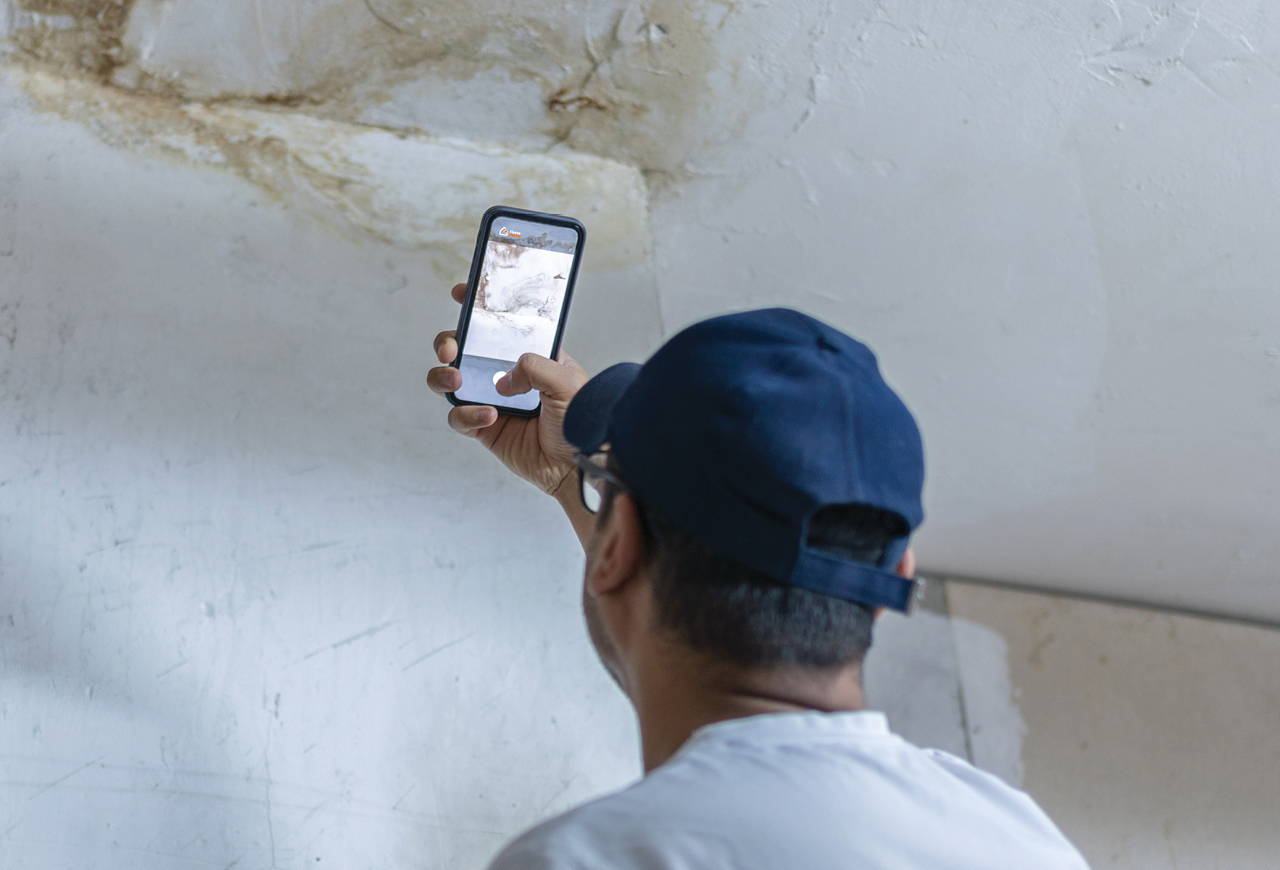As the CEO of REALPAC, Michael Brooks is responsible for the Associations’ strategic planning, policy formulation, government relations, and national and international relations with associations in the USA, UK, Asia and Australia. He also has been the driving force behind several of REALPAC’s socially driven initiatives, including their sustainability platform, social responsibility guidelines and industry outreach. Following our collaboration on the 2019 Innovation Outlook, Michael sat down with us to discuss innovation in real estate and how we can use outside perspective to strategically identify business opportunities.
When we think about innovation in real estate, adoption strategies typically reflect the size of the enterprise. The biggest real estate companies are analyzing friction points in their organization, making seed investments and testing new technologies. Conversely, smaller companies are more guarded about capital, so they tend to wait for the market to shift before jumping in. The problem is when we focus exclusively on the availability of internal resources, we can overlook what’s happening outside of our businesses.
Whether you’re a large enterprise or start-up, your success will be determined by your ability to predict sea changes and deliver value to the outside world. It’s about understanding how our external environments influence real estate and the impacts of the solutions we create. The first step to developing this perspective is leaving your comfort zone.
A World of Possibilities
Necessity is the mother of invention. When we look outside our borders, we can see where urgency has thrust innovation upon a city, country or region. Europe’s energy crisis forced them to understand conservation and sustainability and has led to the creation of organizations like Vestas and the Passive House Institute. Because Japan has the population of the US in a space half the size of California, they had to come up with innovative solutions for construction that didn’t harm their arable land. Israel’s water shortage in their desert regions has led to world-class water management including an inspiring drip irrigation system.
With that in mind, the best advice I can give is to think about where innovation would be most valuable and visit that place. Travel to a part of the world where there is hardship, and you’ll find people who are truly innovating. Over the past year, I’ve gone to Japan, Spain, London and Amsterdam – taking valuable lessons from these regions and considering applications in our own markets. It not only provides me with a lens into the issues affecting our industry, but it also allows me to see first-hand how they are resolving universal problems.
As Canadians, we’re fortunate that these issues haven’t affected us with the same magnitude, but that doesn’t mean we can’t learn from these regions. Issues like housing affordability, climate change and energy are global problems – and we have the opportunity to get ahead of them. When we combine that opportunity with our industry-leading investors and an abundance of natural resources, we find ourselves perfectly positioned to lead and support innovation on the international stage.
Getting an Outside Perspective
As an industry, we need to spend more time looking underneath the surface for growing influences. You could argue that many office landlords missed WeWork – from the rise of the gig economy to the co-working phenomenon to the strong demand for shorter term leases. Similarly, many big mall owners fought the social trends instead of trying to evolve their offering, causing retail to become the worst performing asset class in Canada over the last two years. The push for smart technologies across both commercial and residential real estate has also increased the need for advanced cyber security. Failing to recognize these and other trends could have massive implications for the real estate business.
If you want to identify and respond to these movements, you’ll have to turn over rocks in unexpected places. In my experience, it’s rare to find real estate professionals who attend general industry conferences or events that aren’t directly related to real estate. It may come with a lot of downtime, but insights from these events could change your business. You may pick up some nuggets about how that sector is changing its direction and potential implications for real estate. When you take the time to look outside the industry, you have the opportunity to experience a powerful collision of ideas.
Similarly, you should also get to know which organizations are making moves in real estate. Today, several technology-based enterprises are swallowing up PropTech companies – and Yardi topped that list in 2018-2019. They initially made their name with back office system but have since become one of the top acquirers of US PropTech companies. With such a strong portfolio, they’ve built unparalleled sightlines into customer needs so it would be wise to take note of their successes and acquisition targets. Look at the technologies they’re following, which companies they’re buying, and what problems they are solving. It’s a smart way to stay informed and reduce risks for your organization.
Back to School
In Canada, we are blessed with a system that incentivizes research and development through tax write-offs and research funding at both the federal and provincial levels. While many organizations take advantage of these programs, the real R&D action often comes from within our universities. Collectively, we need to do a better job of connecting with these institutions and ensure they continue receiving federal support for their initiatives.
For example, Ryerson’s Digital Media Zone (DMZ) has been very successful at helping technology-enabled start-ups scale, including Zensurance, FleetOps, and Kepler Communications. The MaRS Discovery District is one of the world’s largest and most celebrated incubators with more than 1,200 start-ups in their ecosystem. The University of Toronto has consistently been ranked as one of the top 5 research institutions in the world – receiving more than $1.3 billion in sponsored research funding in 2018 alone. There is no shortage of places to go if your looking for an opportunity to grow businesses from scratch in this country.
The problem is that the bridge between industry and universities isn’t big enough. The university professors will often do great peer-reviewed research, but it gets published in a journal that no one in real estate reads. On top of that, the academics are well-suited to conduct valuable research about real estate, but they don’t always know what is most needed in our industry. Because of this, REALPAC created a research committee that could work alongside higher-education professionals and make sure we’re all working on the right problems. It’s been an essential platform for helping us think abstractly about problems and how we can solve them.
Applying Your Learnings
You need to have a wide field of vision as a management skill before you jump into a solution. There is a lot of risk in being an early adopter if you haven’t taken the time to understand the environment. So be careful about separating the snake oil from the wine. It’s also important to remember that of the thousands of PropTech companies, there were only nine real estate unicorns last year, and 90% of the others could go bankrupt or be sold off.
The pace of change is always slower than people think so take the time to explore, be diligent in your research, and find partners who can help inform your ideas. Most of all, correlate your innovation initiatives back to the four main evaluative criteria for all business: increase revenue, reduce costs, reduce risk, and improve customer satisfaction. If you can’t get a clear payback on one or several of those filters, go back to the drawing board and find your inspiration.




